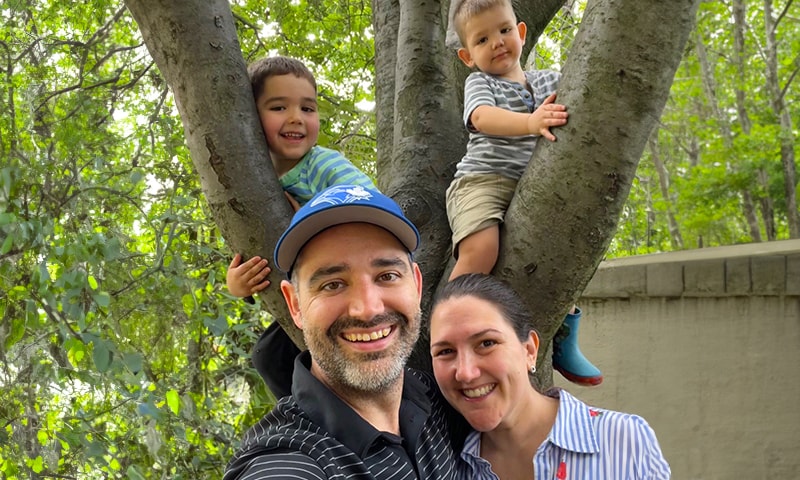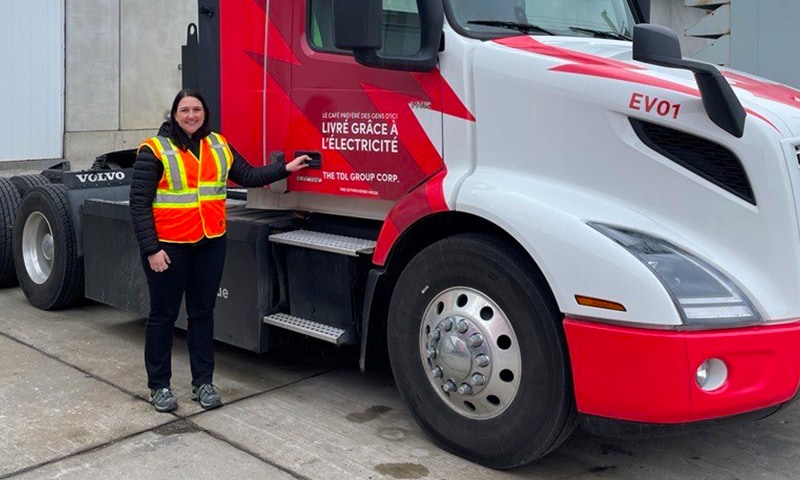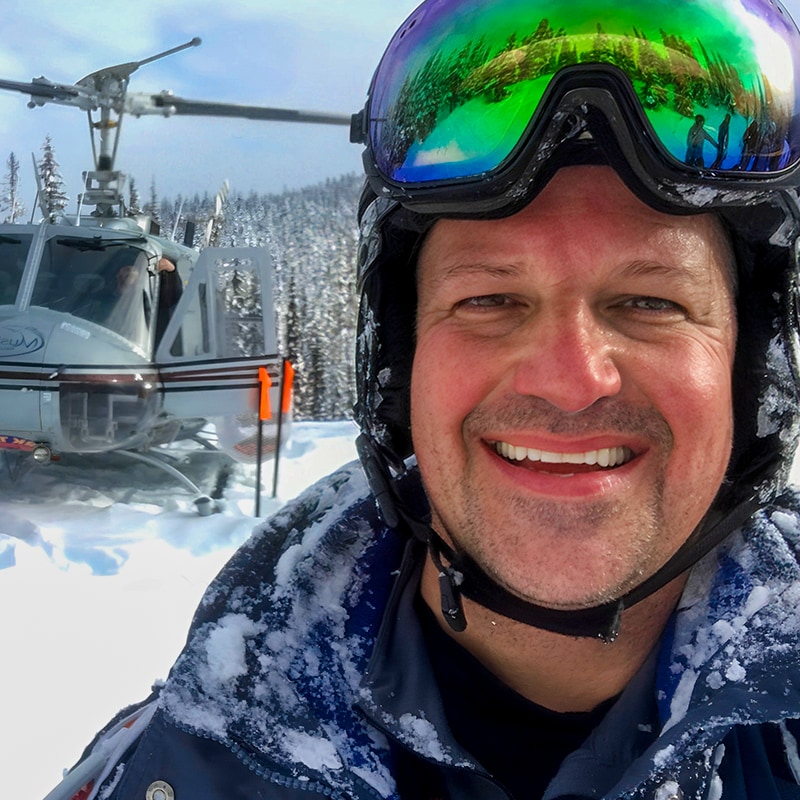With a dual degree in chemistry and business, Liz combines analytical rigour with a keen business sense. Her interest in science and business drives her methodical approach to solving complex problems.

Extensive travels across Australia, Europe, and Southeast Asia exposed Liz to the tangible effects of climate change—and solidified her commitment to sustainability. The startling experience of seeing a once-familiar bar in Queensland, Australia submerged by floodwater was particularly eye-opening.
“If we don’t change our current climate trajectory, my children may never have the chance to see the places I’ve visited.”

My kids are notorious tree climbers in our neighborhood.
On the constant lookout for ways to reduce waste, Liz looks to limit her landfill contributions by opting for reusable products over disposable ones.
“I dislike wasting things, so I mend my family’s clothes and avoid purchases that contribute to plastic waste and pollution.”
Liz is motivated by the potential to effect change through her work, the dedication of her clients and colleagues to sustainability, and concerns for her children’s future in a changing climate.
“Seeing my clients understand and embrace their role in combatting climate change is inspiring.”
Liz, who joined Deloitte in 2009, specializes in supply chains, sustainability solutions, and fleet decarbonization. “I’ve worked across various supply chain sectors, including government, retail, consumer packaged goods, and transportation.”
She believes that while reducing emissions is becoming a regulatory/compliance requirement in some countries, it’s also becoming a competitive imperative. “By lowering emissions, businesses can reduce costs, enhance operational efficiency, and gain a competitive advantage over those who are not considering emissions.”

Taking the electric route in the Tim Hortons EV.
Many organizations have declared ambitious 2030 commitments, such as emissions reductions of 30% to 40%, but lack concrete operational plans to achieve their goals. Given the limited time frame, acting to implement change without delay is essential.
“Fleet decarbonization is more than just a procurement process—it’s a journey of innovation. Understanding the options and experimenting with different technologies and solutions is crucial for organizations to grasp their impact on operations and determine the most advantageous strategies. It’s an iterative process.”
“Supply chain constraints have made it challenging to get vehicles, chargers, and the necessary infrastructure upgrades. Early adopters can gain an edge by reserving their place on utility upgrade lists and negotiating future deliveries.”
“Understanding the options and experimenting with different technologies and solutions is crucial for organizations to grasp their impact on operations and determine the most advantageous strategies.”
—Elizabeth Baker
Liz leads her team in helping companies transition to lower-emission fleets. They address the challenges and opportunities, from strategic planning and implementation to capturing fiscal benefits.
1. Strategic planning and data analysis
The first step is assessing vehicle emissions at a granular level to establish a baseline. Liz and her team then use this data to craft a detailed transition road map.
“There are often vast amounts of data to consider when pinpointing fleet decarbonatization opportunities.”
Combining client data with Deloitte’s market insights, the team’s practical action plans are grounded in factual analysis of data encompassing vehicles, facilities, infrastructure, and emissions.
Through sophisticated modelling and scenario-planning, clients can visualize the impact of various sustainability strategies, including network and process optimization, electrification, low carbon fuels, and hydrogen options.
An integral part of developing these tactical strategies is the thorough consideration of key factors—including range and duty cycles, operational requirements, and infrastructure needs such as fuelling or charging capacities and optimal locations—to obtain the largest emissions reductions at the lowest cost.
2. Implementation and project management
Moving from planning to action, Liz’s team helps clients implement their decarbonization strategies. Managing large infrastructure projects comes with several challenges, such as vehicle procurement, infrastructure setup, change management, and interest holder coordination to integrate new elements into existing operations.
3. Capitalizing on fiscal benefits
With various financial incentives available for vehicles and chargers, the team helps capture these opportunities to help offset initial costs and accelerate the transition to sustainable fuels.
“Incentives operate on a timeline or envelope basis, so once the money is taken, it’s gone. We work with our clients to build this into their timeline and approach.”

Witnessing the beauty of Kaieteur Falls in Guyana.
To effectively implement sustainable practices, Liz is a firm proponent of moving ahead with no-regret decisions.
“Learning and adaptation are integral to the journey toward sustainability. Understanding the full picture of their vehicles and facilities is a great place to start. This helps to clarify which areas may need further development and those that the organization should keep an eye on for evolving technology and testing.”
To advance their fleet decarbonization transition, she urges organizations to reflect on what they already know and to learn from industry leaders so they can:
- Understand the competitive imperative: Fleet decarbonization trailblazers set ambitious goals and rapidly scale their sustainability transitions beyond trial phases.
- Start with no-regrets decisions: Available technology can be optimized by starting with what’s workable today instead of awaiting further developments.
- Understand external pressures: Beyond regulatory requirements, customer demands and the organization’s value goals can help shape strategic direction.
- Take part in industry discussions: The energy transition requires organizations to share their challenges and solutions within their ecosystems, which also empowers them to inform and influence policies.
- Develop a practical transformation plan: Successful outcomes call for focus on the right technologies and operational feasibility, with a clear plan for the innovation that needs to occur.



